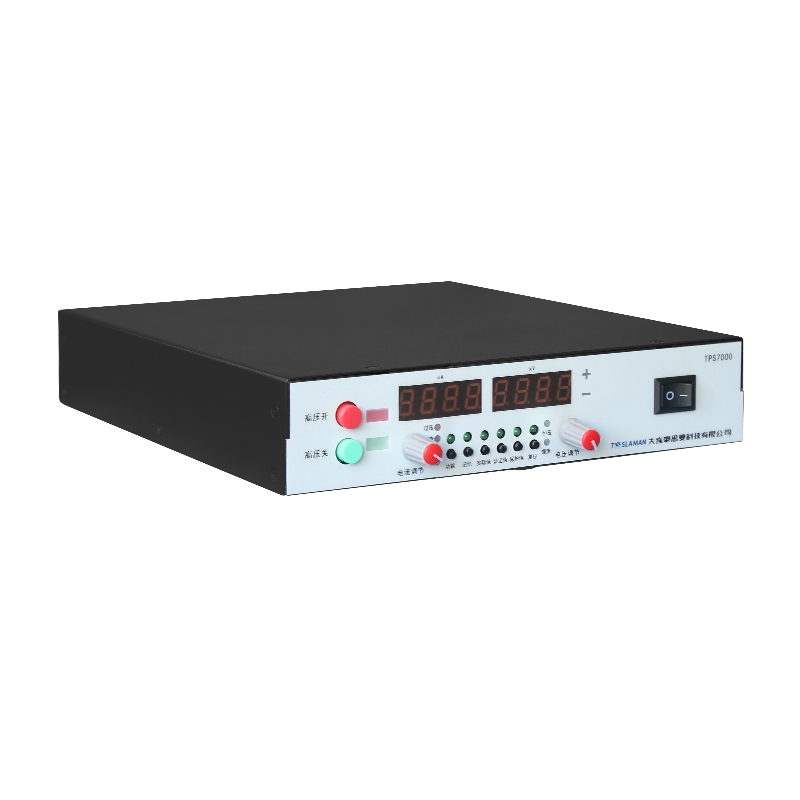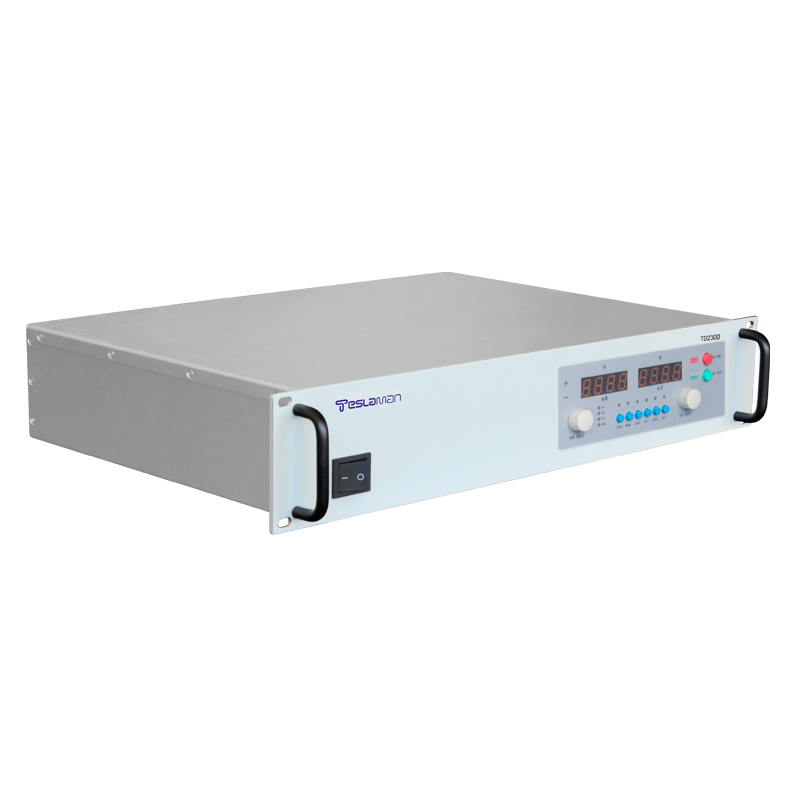Beam Focusing Technique of High Voltage Power Supplies for Neutron Accelerators
In the fields of neutron scientific research and related applications, neutron accelerators play an irreplaceable and crucial role. As one of the core components of a neutron accelerator, the performance of the high voltage power supply directly affects the stable and efficient operation of the accelerator. Among them, the beam focusing technique is an extremely important aspect in the application of high voltage power supplies, and it is decisive for improving the quality and utilization efficiency of the neutron beam.
The main function of the high voltage power supply for a neutron accelerator is to provide a high voltage for accelerating particles, enabling them to obtain sufficient energy. During the particle acceleration process, the formed beam will gradually diverge due to factors such as the space charge effect, interactions between particles, and external environmental interference. Without effective control, the diverging beam will lead to a decrease in neutron flux and damage to experimental accuracy, seriously affecting the development of related research and applications. The beam focusing technique aims to re converge the diverging particle beam through specific means, ensuring that it maintains a high density and good directivity inside the accelerator and during the transmission process.
There are various methods to achieve beam focusing, and the common one is the electromagnetic focusing technique. This technique uses the magnetic or electric field generated by an electromagnetic lens to exert a force on charged particles, changing the particle's trajectory and making it approach the central axis, thus achieving the purpose of focusing. For example, in some linear accelerators, a series of electromagnetic quadrupole lenses are reasonably arranged to precisely control the focusing of the beam. In addition, there is also an electrostatic field based focusing method. By carefully designing the electrode structure, a suitable electrostatic field is formed in a specific area to guide the convergence of the particle beam.
However, in practical applications, beam focusing faces many challenges. On the one hand, as the beam intensity continues to increase, the space charge effect becomes more and more significant. The mutual repulsive force between a large number of charged particles exacerbates the divergence trend of the beam, bringing great difficulties to focusing. On the other hand, factors such as the complex electromagnetic field environment inside the accelerator and mechanical vibrations also interfere with the stability of the beam and affect the focusing effect. To address these challenges, researchers are constantly developing new technologies and methods. For example, advanced computer simulation technology is used to accurately simulate the transmission and focusing process of the beam under different conditions, thereby optimizing the design parameters of the focusing system; adaptive control algorithms are developed to monitor the beam state in real time and dynamically adjust the operating parameters of the focusing device according to the feedback information to adapt to the ever changing beam characteristics.
In conclusion, the beam focusing technique of high voltage power supplies for neutron accelerators is a complex and crucial technology. It is of great significance for improving the performance of neutron accelerators and promoting the development of neutron scientific research and related applications. With the continuous progress and innovation of technology, the beam focusing technique will be continuously improved, bringing more breakthroughs and development opportunities to the field of neutron science.




















